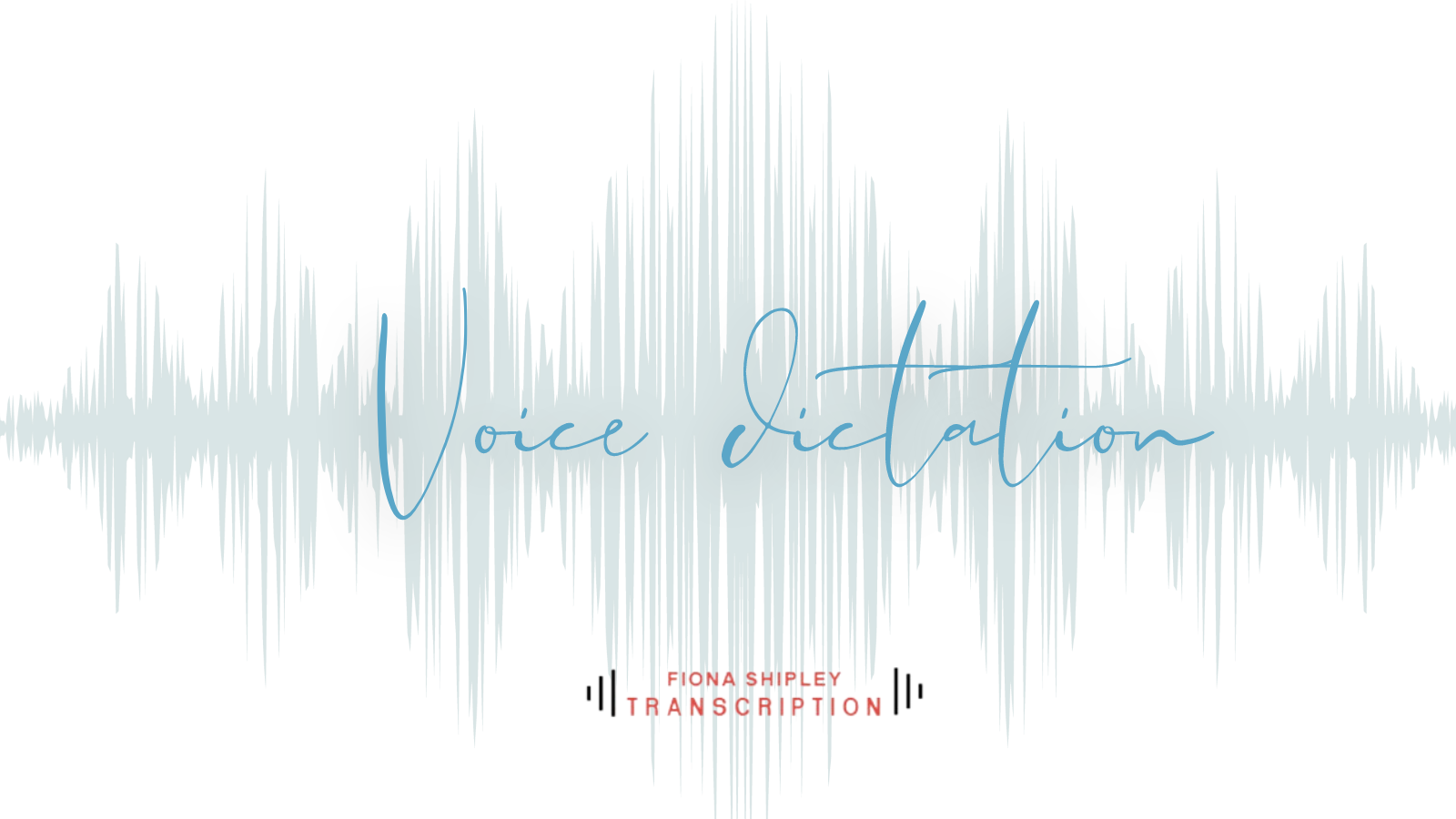Voice dictation sounds like a concept that should work well. You talk into a device, or play a recorded piece of audio into one, and your words appear on the page, just like magic. No need to type anything up yourself. It’s all done for you…how wonderful! But when you look at it in more detail it really isn’t that simple.
Voice dictation in practice… a real world example
I spoke to a client recently who described their attempt at using voice dictation and how it failed dismally. They had recorded a phone conversation as a briefing call for a piece of work that needed to be written up. It was only a 20 minute long conversation and wasn’t a formal piece of work so didn’t require professional transcription.
This type of activity takes someone that isn’t an experienced transcriber quite some time to listen to and type up, with much stop-starting and rewinding. So this client decided to try voice dictation where the recording was played into the laptop and indeed, the words miraculously appeared.
So far so good…!
Well…. no! What began to emerge on the page was a stream of nonsense! Words appeared that had nothing to do with the real content, there was no punctuation which made it very difficult to decipher any meaning and it quickly became apparent that what should have been a time-saving tool took far longer than the tried and tested method previously used.
Is there room for improvement?
I asked my client if they’d been put off using voice dictation in the future… and was surprised to hear that they weren’t 100% sure, despite the disastrous result.
There were a couple of reasons for this:
The recording had been made before the decision to use it for voice dictation. My client felt that if all parties involved knew beforehand that it would be used for voice dictation, how they behaved might have been different. No interruptions or speaking at the same time, speaking more clearly so that there was less chance of misinterpretation and with very clear pauses at the end of sentences might have made it much more successful and improved efficiency.
But I can’t help but think that if so much effort is required to make speech more palatable for voice dictation to work, wouldn’t there be a risk of the speech becoming so far removed from how we talk in real life? It may mean that the participants become so focused on how they are speaking that they pay less attention to what they are saying… which could mean it is less meaningful.
You can’t beat transcription!
What is clear, at least from the point of view of accuracy and time, is that if you want to convert audio to text then an expert transcription service really is the best choice – especially if the end product needs to be of professional level.
At FSTL we know exactly what we can deliver, and within what time, and we firmly believe that our highly experienced typists are some of the best in the business. Our clients know what to expect from us: transcription services that are timely and accurate. And when clients need their meetings transcribed quickly, we move quickly, getting our best people on the case, so that we can deliver accurate transcripts quickly and efficiently.
To find out more about how we can help your organisation with transcription services as you get back to business, please call us on 01737 852 225 or email alex@fionashipley.com.

